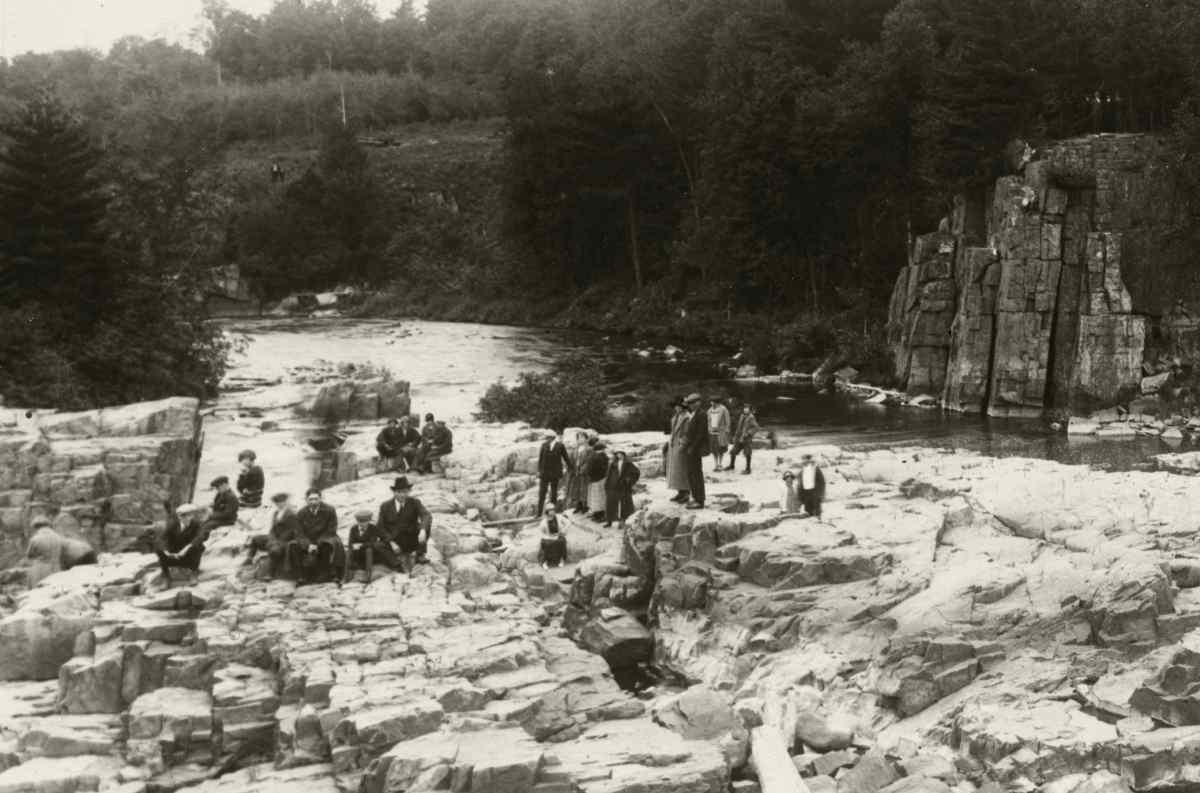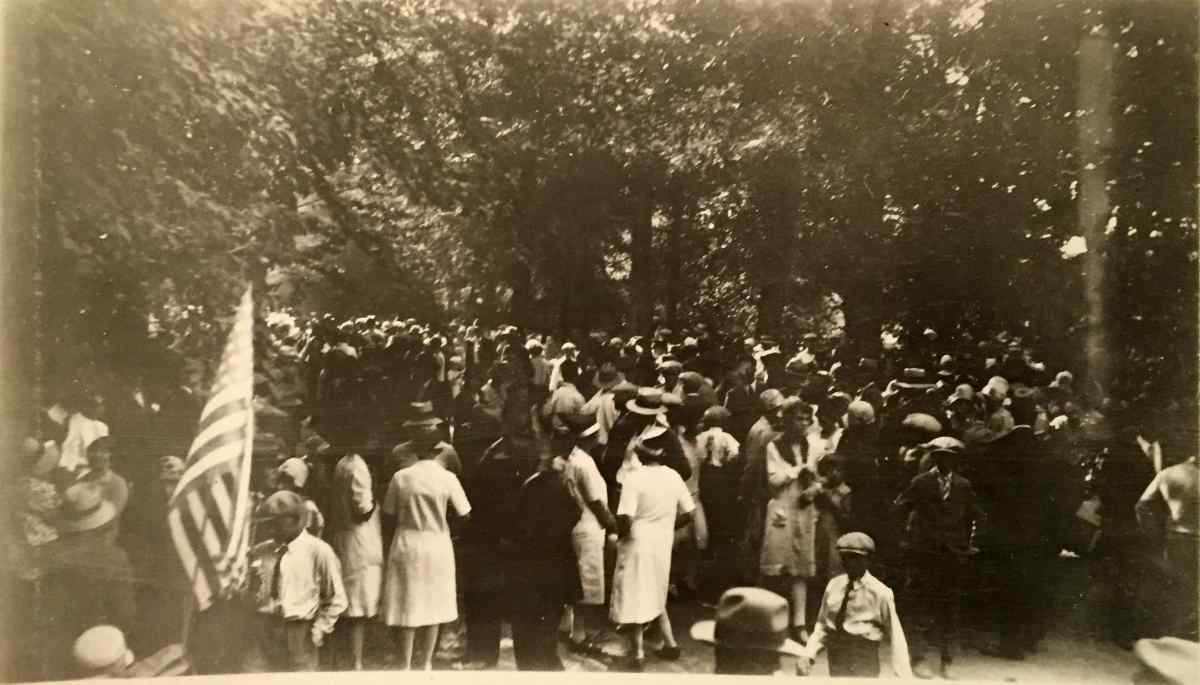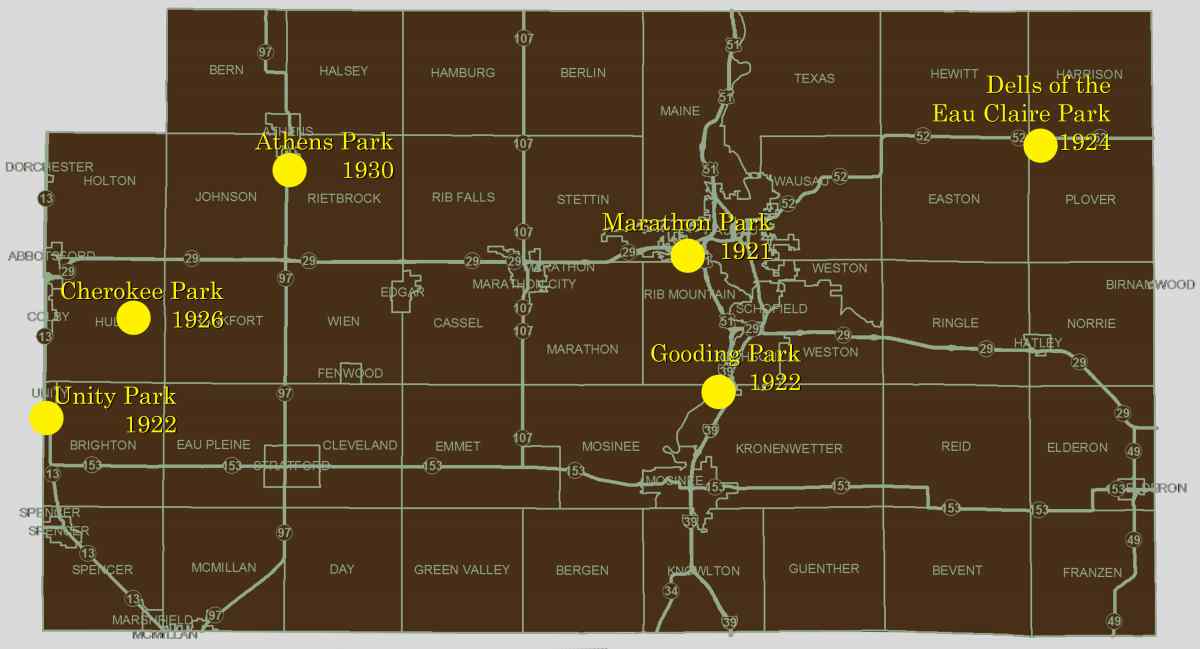The First Decade of the Parks

A Parks Commission for the County
The 1920s was a period of great civic enthusiasm. Leaders from Birnamwood to Unity wanted to let everyone know that Marathon County was a modern and progressive place. Fifty years earlier, a community might try to attract new residents by boasting about having an opera house or a high school. But in the 1920s, nothing showed a community was progressive and cultured better than a system of developed parks.
The Marathon County Parks Commission was established in April 1920, by order of the County Board of Supervisors. Its members were among the most influential men you could find, and their original goal was to identify locations that would make good parks for the County. It would take them well over a year before the first park was created, but over the next decade, they would get to work establishing a framework of parks to serve the entire County.
The First Decade
For the first County Park, the new Commission accepted an offer from the Marathon County Agricultural Society to take over 80 acres on the west side of Wausau, which had previously been the County’s fair grounds. The County Board was less enthusiastic about accepting the land, but the Agricultural Society was struggling to afford the costs of the land and the annual fair, and the threat of canceling the fair in 1920 created a public outcry, and the Board relented in early 1921.
The creation of Marathon Park was not entirely without strings attached. The Agricultural Society asked that the County promise to let it continue holding the fair there each year, and the County needed to replace the aging fairground buildings. The Park Commission did more than simply replace the old grandstand, barns, and pavilions (with some of the most iconic buildings in the County), they also set to work turning the 80 acres of second growth forest into a park. They also cleared out the undergrowth and put down gravel to create pleasant paths, established a “tourist camp” for campers, and developed the pond into a wading pool.

^ A gathering at the new wading pool at Marathon Park, c 1920s. Courtesy of the Marathon County Parks Department.
But as the Commission worked to develop Marathon Park, it was also making arrangements to create parks in other areas across the County. The City of Wausau had enjoyed its own parks system since 1905, but other communities were emerging who would benefit from the County’s aid in creating nearby parks.
In 1922, the Commission arranged to create both Unity Park and Gooding Park. It purchased 18 acres south of Unity from the County Highway Commission (for $100 an acre). The 8 acres of land outside Mosinee was donated to the County to create a park, by the Wisconsin Box Company; and it was named after the president of Wisconsin Box, Donald Gooding.
1924 saw the addition of some land around the Dells of the Eau Claire River on the east side of the County. Located about halfway between Wausau and Antigo, the Dells were becoming a popular place for picnickers, and the County guessed correctly that it would make a great location for a new park.

^ A group of picnickers enjoying the Dells at the Eau Claire River, c. 1925.
Cherokee Park on the west side of the County became the fifth park in the system. The small but vibrant community of Cherokee was a short distance away from Unity. But in 1926, the Park Commission took over a stretch of land north of the community and developed it into a park that underwent a grand reopening in 1929.

^ Gathering at the Cherokee Park for the reopening ceremony in 1929. Courtesy of the Marathon County Parks Department
The final County Park of the Commission’s first decade was established in Athens. The Rietbrock Land and Lumber Company donated six acres to Marathon County in 1930. In a press release, A.C. Rietbrock, announced the transfer was for the creation of a park, and that the company “[trusted] that the good people of Athens will have occasion to enjoy this park a long time.”
The Future
In many ways the first decade of County Parks uncovered the path for future growth of the parks system throughout our County. Once they were established by the County Parks Commission, some of these parks were later turned over to local municipalities to maintain as their own—specifically Unity, Athens, and Gooding Parks. But in their place, a dozen new County Parks were created over the last 90 years.
Sometimes the land was repurposed from existing county land, as was the case for Sunny Vale Park and Bluegill Bay Park. In other cases the land was purchased by the County to create a park, for example Big Eau Pleine and Mission Lake Park. And sometimes the land was donated to the County by individuals and companies (i.e. AMCO from the American Can Company).
But whichever path the parks took to get started, they went on to have a much greater significance to the many people who visit every year. The foresight shown by many of our County leaders a Century ago has proved to be “a mighty good proposition for the residents of Marathon County.”

^ A map of Marathon County showing the location of the first six County Parks
More Parks History
This year, the Marathon Ccounty Historical Society is developing an exhibit that will cover not just the first ten years, but the whole century of County Parks! Click Here, to read more about this exhibit.
